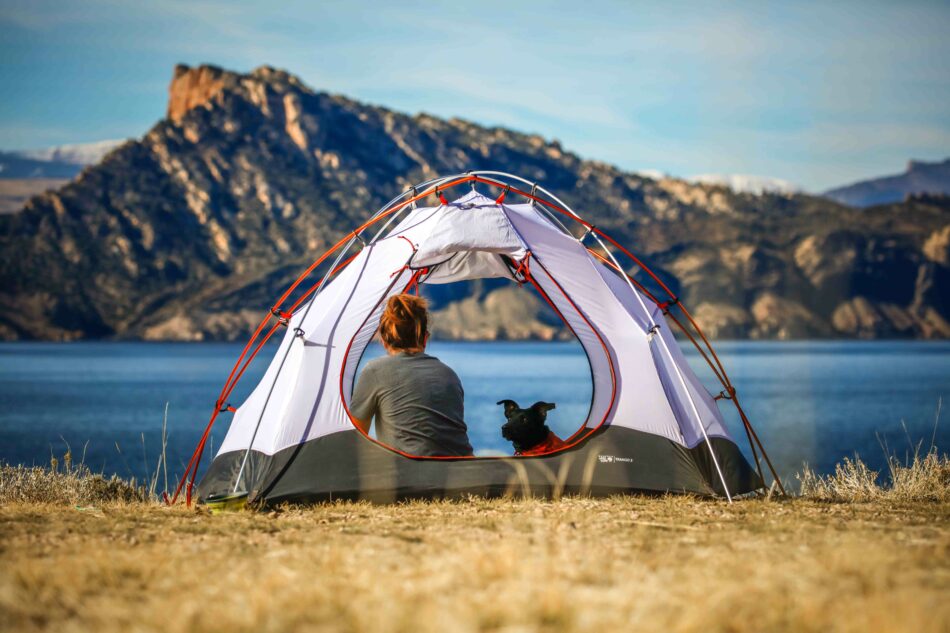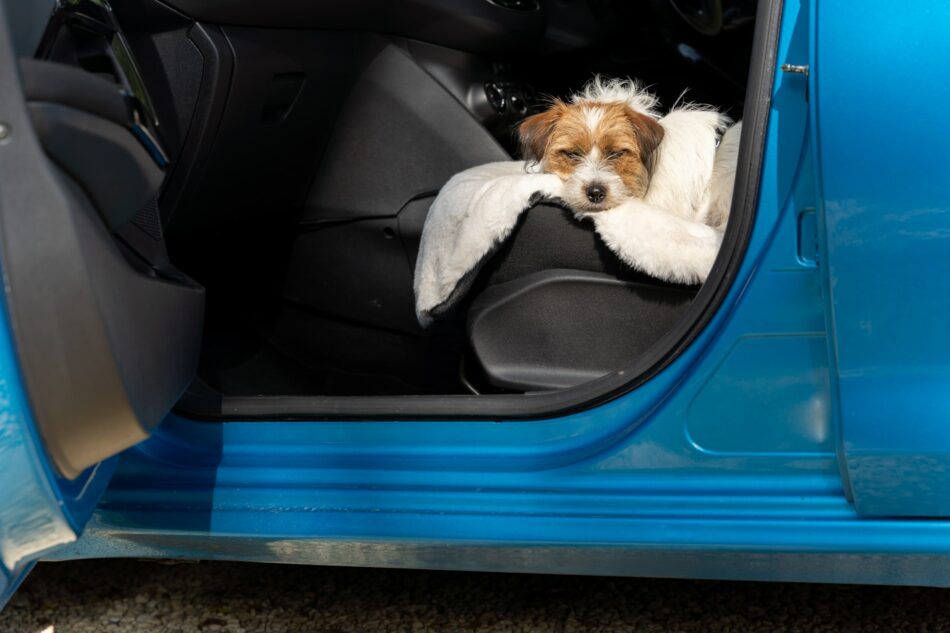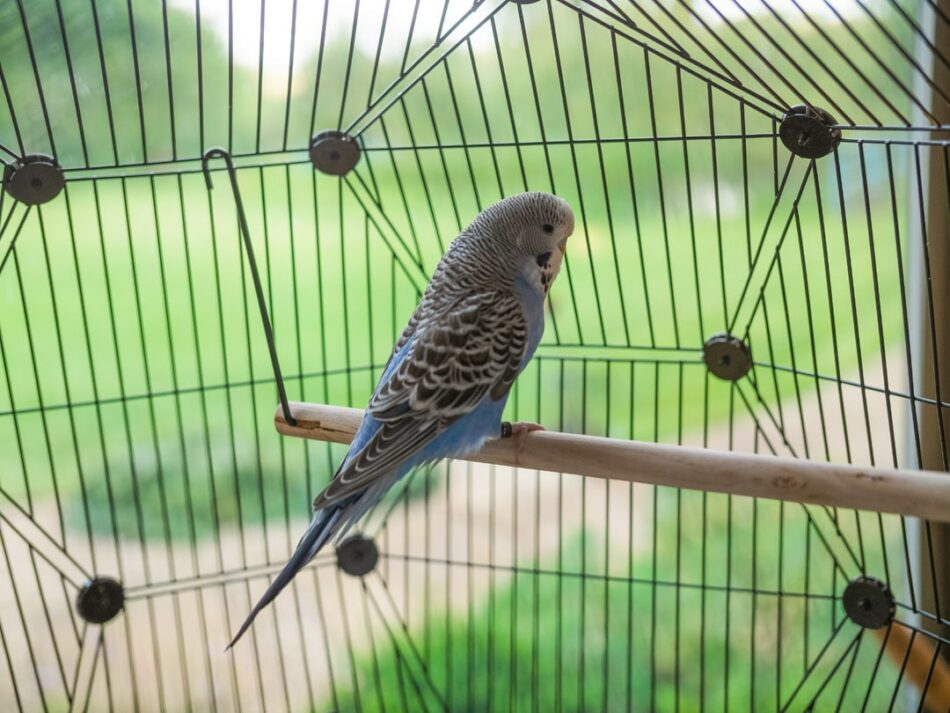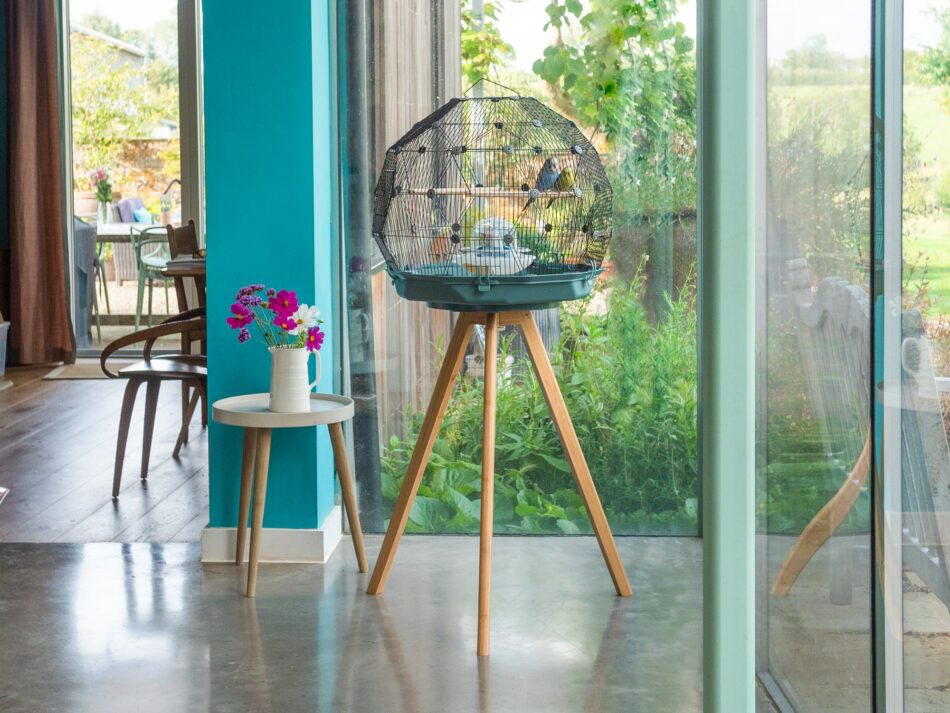Top 10 tips for camping with dogs
Calling all fellow adventurers! If you’re planning a camping trip and want to bring your dog along for the fun, you’ve come to the right place. Camping with dogs can be an incredibly rewarding experience, but it does require some extra planning and consideration. In this guide, we’ll share our top 10 tips to ensure an awesome camping adventure with your canine buddy. So grab a cup of coffee, put on your boots, and let’s hike on in.
1. Do your research
Before hitting the road, make sure you do some research to locate dog-friendly campsites around your area. The last thing you want on your outdoor adventure is to show up to a “no pets allowed” sign. So look for places that not only allow dogs, but have ample space for them to roam.
Campsites that provide pet amenities like dog parks or trails should be highest on your list. The number one rule in camping is to respect the rules and guidelines, so finding a campsite that’s dog-friendly will ensure a smooth and enjoyable experience for everyone.
2. Pre-camping vet visit
Keeping up-to-date with your dog’s vaccinations is an important part of pet parenting all of the time. But before you bring your canine buddy camping, it’s a good idea to schedule a visit to the vet to make sure your dog’s flea and tick preventions are current. Lots of tiny insects live in the woods and you want to make sure your pup is protected.
This appointment is also a good time to discuss any specific concerns or potential risks related to camping, such as wildlife encounters or waterborne illnesses. It’s always better to be safe than sorry, right?
3. Pack dog essentials
Just as you need your essential camping gear, your furry friend needs their essentials, too. Here are some ‘must-have’ items to pack for your dog to be sure they become happy campers as well.
- Dog bed: Since sleeping bags are just a human thing, it’s important you bring a dog bed for your canine to get comfortable and cosy on while camping. The Cushion dog bed designed by Omlet is the perfect choice as it literally is the ‘go anywhere’ dog bed. Made from durable and sustainable materials, the Cushion dog bed will keep its pillowy soft shape for sleeping in the tent, on the forest ground, or in the car.
- Dog bowls: One of the best parts of camping is enjoying a fireside meal after a day full of adventure. So don’t forget to pack durable dog bowls for your camping canine. And if your dog is adventuring on hikes with you, be sure to pack a portable bowl for water stops so they can stay hydrated along the way.
- Dog blanket: Depending on what time of year and the location of your camping adventure, nighttime outdoors can bring with it colder temperatures. In order to make sure your dog stays cosy and warm, be sure to pack a dog blanket so they can enjoy a snuggly snooze. The Sheepskin Dog Blanket designed by Omlet is an easy-to-travel with choice that will keep your pup warm throughout the entire camping adventure.
4. Practice lead etiquette
Keeping your dog on a lead is not only a rule in many campsites, but it’s also a safety measure for you and your pet. Remember, letting your dog sniff in your garden is much different than sniffing in the woods of the great outdoors.
So before you and your canine head out on your camping trip, make sure you practice lead training. Even dogs who are used to being on lead could benefit from some reminders of staying close and away from wildlife. To add some fun to your outdoor experience, get your furry friend a dog lead from the Omlet Dog Walk Collection in the same print as their cushion dog bed and match their accessories to your favourite walk.
5. Be mindful of local wildlife
Speaking of wildlife, it’s extremely important before embarking on your camping journey to be aware of the potential animal encounters you could have in your area. Other campers are not the only interactions you and your dog will have on your trip, so make sure you do your research in advance to understand which animals and plants are in that area.
Horses, cows and sheep are just a few of the wildlife that could live near your selected campsite, so when hiking, always keep your dog on a lead to avoid any unexpected confrontations. If lakes, streams, or ponds are around your campsite or on your hiking paths, be sure to never let your dog drink from stagnant water.

6. Staying cool
If you’re planning your canine-friendly camping trip during the summer months, temperatures can get hot – and uncomfortable. Dogs can easily overheat so making sure you provide your pup a shaded area and plenty of fresh water is essential to keep them cool while camping.
Whether your dog is camping out with you in a tent or underneath the stars, when the mercury rises, seek out spots that are well-shaded or covered so you both can stay cool. Big trees and covered camping structures are great options. And since hydration is key to a happy and healthy camping trip, make sure you refill your dog’s water bowl often with fresh, cool water.
7. Cosy canine space
One of the best parts of camping is cosying up in a sleeping bag after a long day enjoying the great outdoors. So how can you let your dog experience the same joy and wonder of that experience? By creating a spot all their own with a cosy and comfortable dog crate.
With the Fido Folding dog crate designed by Omlet, you can set up your dog’s personal space with ease so they can relax and feel safe throughout the trip. Easy to set up and take down, this dog crate is the perfect option for camping canines. Add a dog blanket from home to snuggle up with and your dog will be a happy camper in no time.
8. Keep them entertained
Your camping trip will likely include lots of walking and hiking with your four-legged companion, but how do you make sure your dog stays active and stimulated for the whole trip? To prevent boredom or restlessness in your dog while camping, be sure to pack some dog toys to keep them mentally engaged and busy. Stuff their favourite Kong with delicious dog-friendly treats and your pup will stay occupied during your entire fireside marshmallow roasting session.
9. Respect other campers
Remember, not everyone is a dog lover. If camping in a well-attended campsite, it’s possible you may encounter fellow campers who have animal allergies or who are just not ‘dog people’ like you. So be mindful and respectful of others by keeping your dog’s barking under control, avoiding their campsites, and cleaning up after your pup promptly. Fostering a positive camping environment makes the trip enjoyable for everyone.
10. Leave no trace behind
Last but not least, practice good outdoor ethics by following the “leave no trace behind” principles. This means not only picking up your own trash and debris, but cleaning up your dog’s waste, too. Pack plenty of poop bags to carry with you on walks and throughout the campsite to dispose of your dog’s ‘business’ in designated trash cans. Keeping the environment clean ensures a beautiful experience for future canine campers.
Canine camping with Omlet
Camping with your four-legged friend is a wonderful way to create lifelong memories and deepen your bond together. At Omlet, we believe there is no better way to connect with your dog than time spent together. That’s why we craft ingenious designs like our dog crates, cushion dog beds, and dog blankets so you can spend less time fussing over the essentials and more time enjoying your best friend.
No comments yet - Leave a comment
This entry was posted in Dogs on October 28th, 2019 by linnearask




